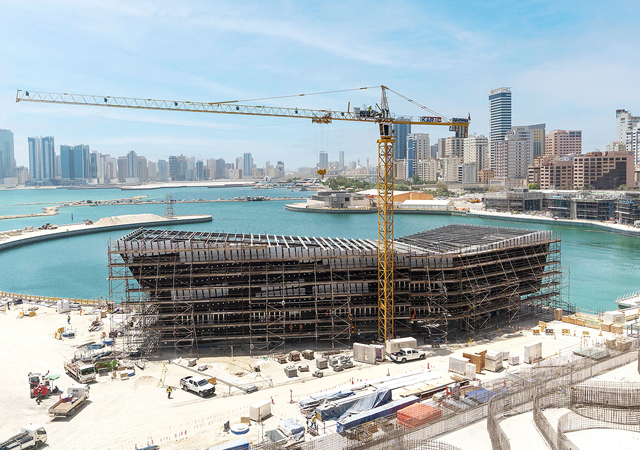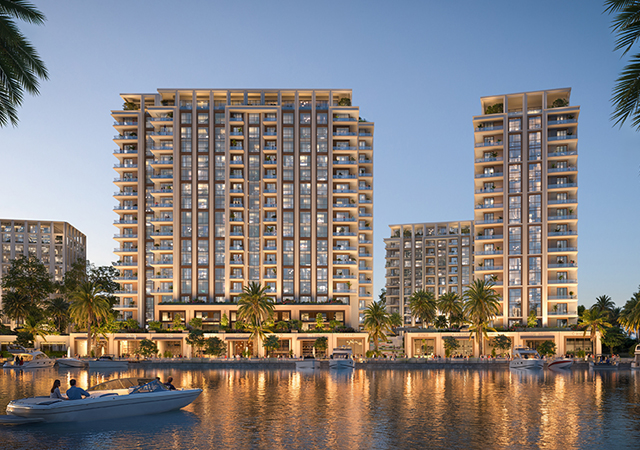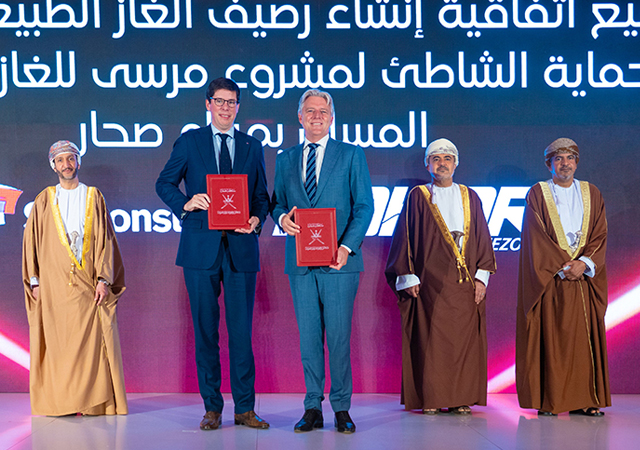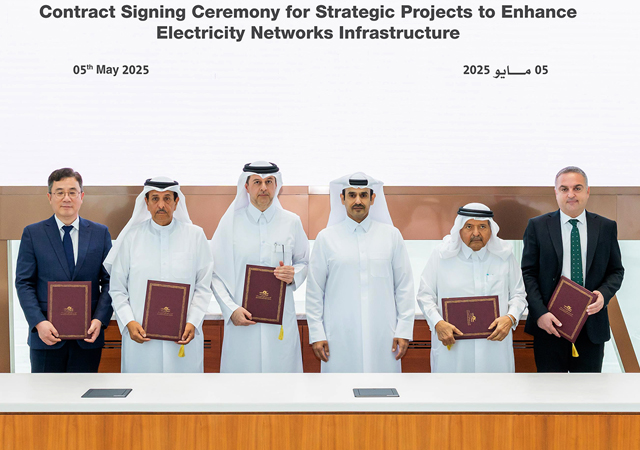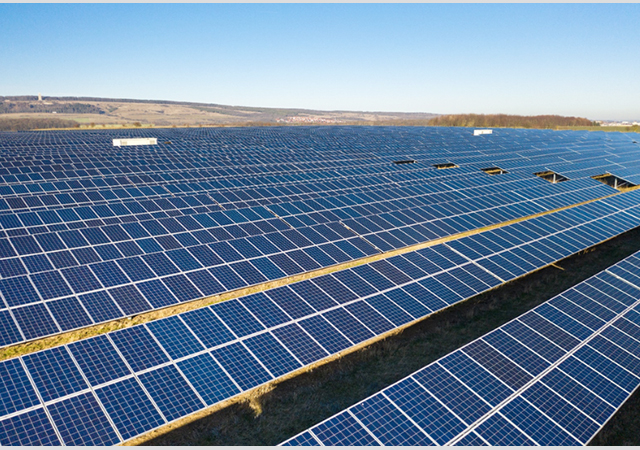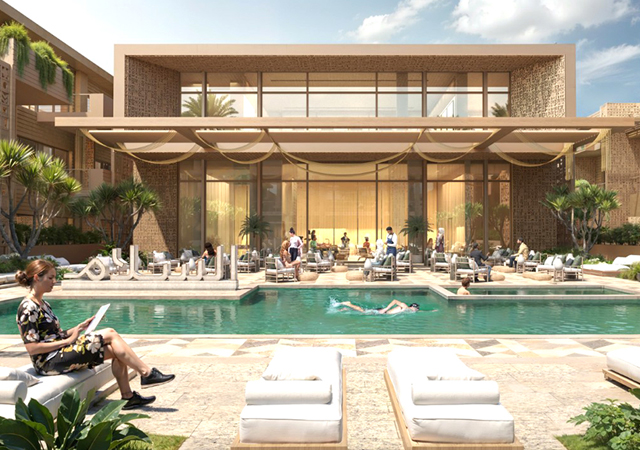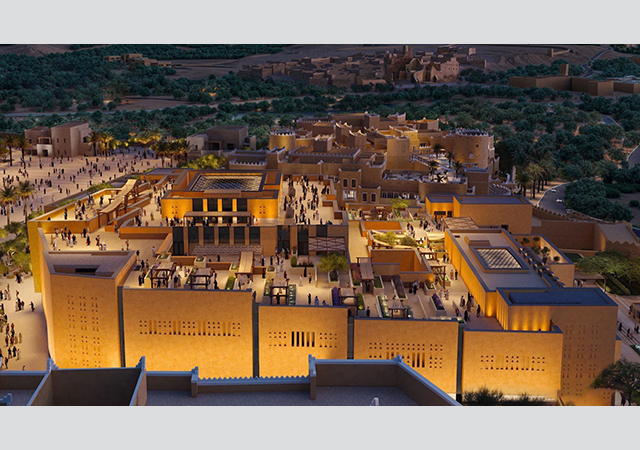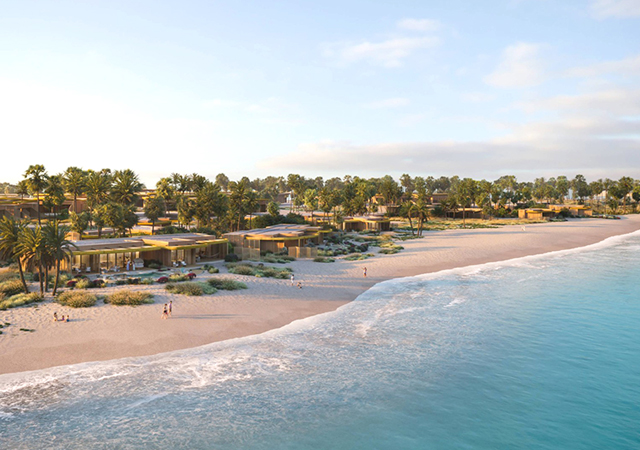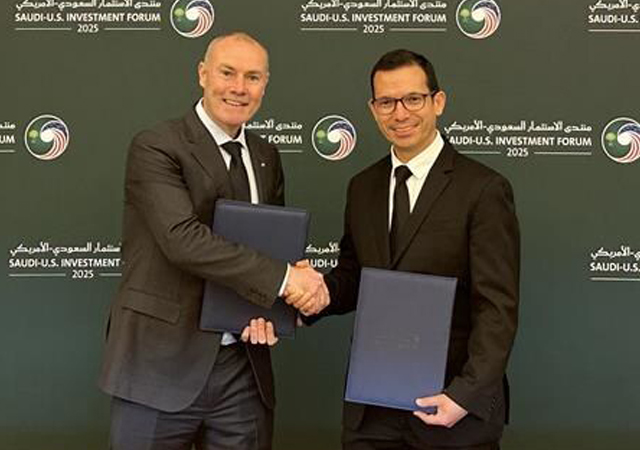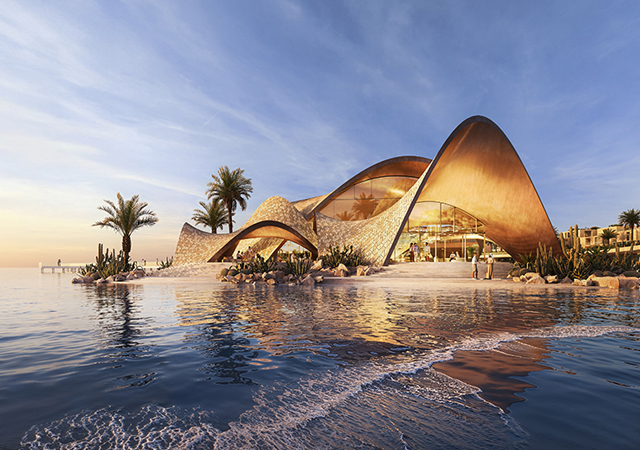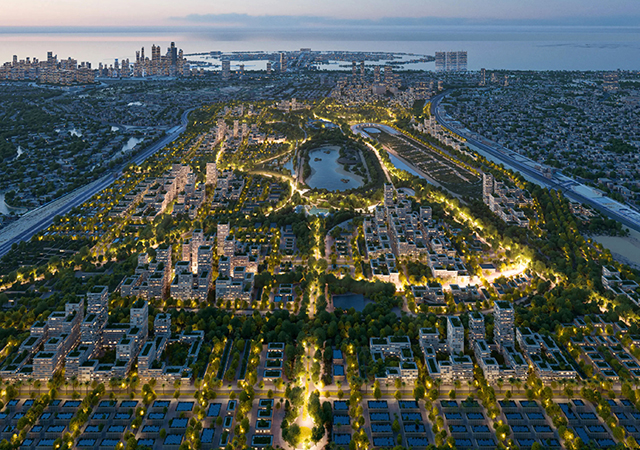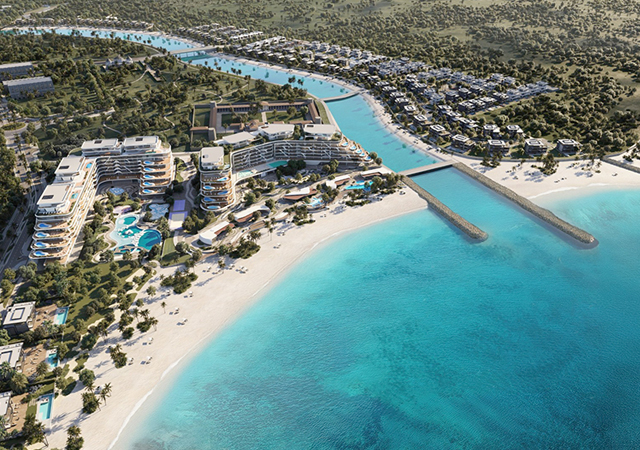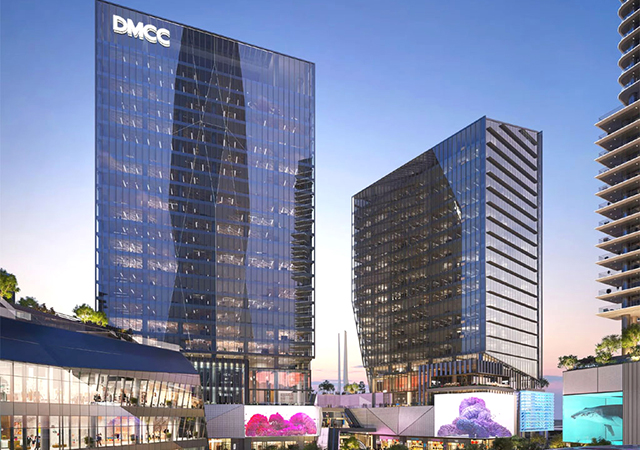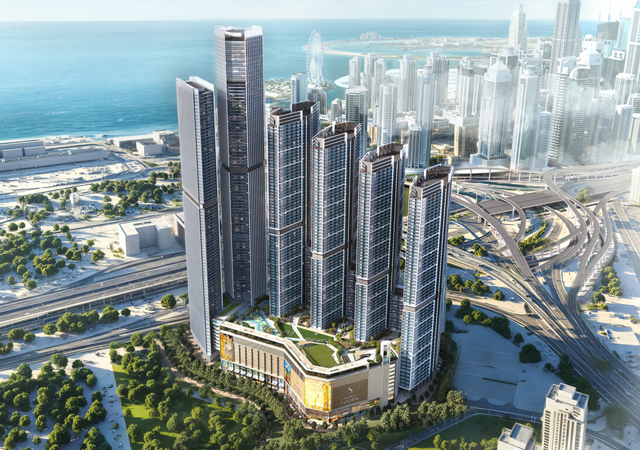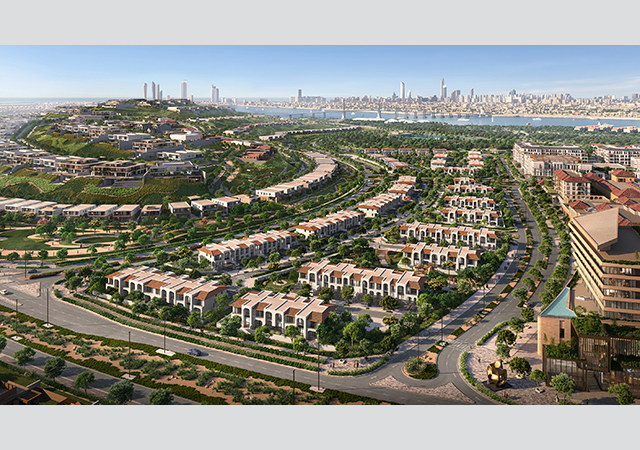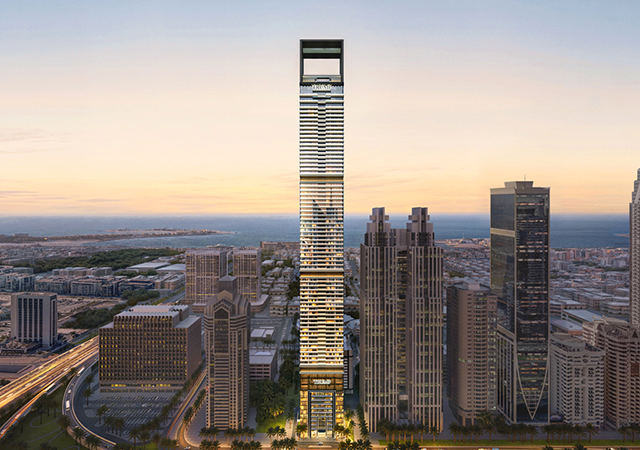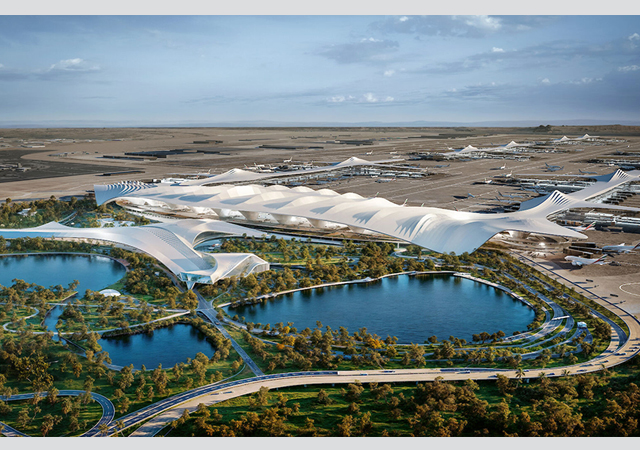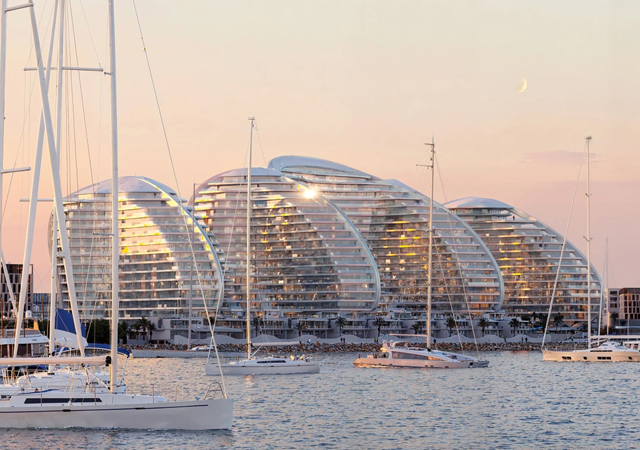
 FSL know-how ... pile load testing in progress.
FSL know-how ... pile load testing in progress.
The traveller driving across the Arabian Peninsula will probably get the impression that the landscape is dominated by sand. Indeed, over enormous distances, the only features to break the flat monotony of the landscape are picturesque sand dunes, red or white, depending on the area - most people's image of the desert.
However, except in the Empty Quarter in the south and the Great Nafud in the northwest of the peninsula, sand is a relatively minor component of the landscape. The vast expanses of gray and level plain consist of gravelly or rocky soil, which the traveller trained in the geological sciences, will identify as regolith. In the west, dark lava-traps may replace the regolith over wide areas, a barrier to travel, whether on foot, camel, or motor vehicle.
However not all of the Arabian Peninsula is flat and level, there are also mountains with spectacular scenery, such as the great escarpment down to the Red Sea in the west, and gorges in the Tuwaiq Mountain near Riyadh, that are worth any traveller's visit. Perhaps because most of the region is gray and flat, these features stand out all the more proudly. In addition, an observant traveller will note many small landscape features - oases in Al Hasa, and Qasim surrounded by groves of date palms, dry watercourses called wadis, often marked by a string of bushes through the otherwise barren plains, and wide salt pans known locally as sabkha. Finally, the Red Sea coast of Saudi Arabia is fringed with barrier reefs of coral that rival, in beauty and spectacle, any in the world.
All these different types of landscape are the result of geological processes that give rise to underlying soil and rock conditions that are as individual as the terrain they support. To the engineer designing and constructing foundations for humanity's structures, the considerations for each type of terrain are equally individual.
Indeed, as every metre of landscape is different, every site of a construction project is unique. Every site should be investigated in some measure, depending on the size and type of project, and nothing should be taken for granted. A specialist geotechnical engineering company can be employed to ensure that no unusual or unexpected subsurface conditions are overlooked. Fugro-Suhaimi Ltd (FSL) and Fugro Middle East BV are the leaders among several such geotechnical companies working in the Gulf area. Some of the foundation design considerations they deal with on a daily basis are outlined below.
Sand dunes
Sand dunes are most common in the east of the region where oil production is concentrated and many of the biggest cities are located, so geotechnical considerations related to sand dunes are among the most frequently met by the construction industry. Sand dunes may be mobile; unless stabilised, they travel across the level plains, burying everything in their path till they reach the sea. Sand dunes are particularly damaging to fences and linear structures such as power lines and pipelines. Once stabilised though, sand terrain is very suitable for construction. Of course the sand formation should be investigated to sufficient depth to ensure there is no dangerous underlying condition.
Sabkha
Sabkha too is common in the east of the region and is sometimes considered another type of sand terrain, though clayey Sabkha areas also occur. There are two major considerations to construction on sabkha, weak soils and high salinity. Weak soils, which would otherwise lead to settlement problems, or even subsidence, can be readily improved subject to the recommendations of the geotechnical company. Salinity is a more difficult problem, but considerable work has now been conducted to devise salt-resistant concrete, and other protective methods.
Gravelly and rocky plains
The widespread gravelly and rocky plains are underlain by rock at relatively shallow depth. Where the rock is sound, no particular foundation problems are expected. However much of the rock in the region is limestone, and limestone is exceptionally prone to host cavities. Some very large limestone caverns of many hundreds of cubic-metres size are known to exsit in the area. Cavities are particularly hard to detect in the level plains, and can be very dangerous to structures if they occur at shallow depth. The only solution is to conduct a geotechnical investigation of sufficient intensity to suit the planned structure.
Date groves
The attractive date groves flourish on silty clay terrain that holds moisture. Unfortunately for the construction industry, these soils are also very prone to swell and shrink. The pressures that can be generated by changes of moisture content of swelling soils can be very dangerous to structures. Solutions are available on consultation with a geotechnical engineering company.
Coral reefs
Coral reefs that form so spectacular a feature of the Red Sea are also buried under the soils of the coastal plain. Though coral seems to be a hard rock, it is brittle and can be crushed under the weight of large structures built on it. Fortunately there are solutions, and many tall buildings have been constructed in Jeddah and the west coast of Saudi Arabia on foundations designed by Fugro-Suhaimi.
Carbonate soils
Not only carbonate-rich soils, but also soils containing gypsum, or other soluble salts are a common problem in the region. These soils can simply dissolve over a period of years, leading to structural settlement, or in some circumstances, they can collapse leading to sudden subsidence of a structure. Soils that can lead to both types of distress can be readily detected by a proper site investigation based on the advice of a geotechnical engineering company.
There are many other geotechnical considerations that go into the design of sound foundations for a building or structure; these have been some of them. The purpose of this article has been to relate the technical considerations of foundation design, hidden in the Earth's subsurface, to the visible landscape over which we travel during our daily lives. Another purpose has been to promote awareness of the profession and the companies that can help the construction industry to avoid the pitfalls that nature has in store for us. There is no need to take chances; an investigation in time nearly always saves more money than it costs.
FSL is an independent engineering and consultancy company that offers services and expertise in the fields of:
The company is a 50-50 partnership between Fugro NV of The Netherlands and Alsuhaimi Company of Dammam, Saudi Arabia. Since 1976, the company has provided services to numerous prestigious clients on a variety of projects in Saudi Arabia and neighbouring Gulf and Arab countries. Originally the company was named McClelland-Suhaimi, and after the merger between Fugro and McClelland in 1987, the company adopted the new name of Fugro-Suhaimi.
FSL has laboratories located at six operation centres in Saudi Arabia at Dammam, Riyadh, Jeddah Jubail, Yanbu, and Abqaiq. All laboratories are strategically manned with qualified personnel, offering the full range of services of FSL's three divisions.
FSL has the capability to complete most in-Kingdom projects with minimum support from other offices and organisations. If required though, FSL can call upon the vast experience and resources, specialist technologies, and services of the company's partner, Fugro NV, and its affiliated companies worldwide.
All work is completed to the appropriate international standards and in accordance with FSL's quality assurance procedures. In 1998 FSL gained ISO 9001 accreditation for its quality management system covering all activities at all branches.
It is the intention of Fugro-Suhaimi to continue to maintain and improve the high quality services that are currently provided, building long-term relationships with customers based on quality of services together with mutual trust and respect.




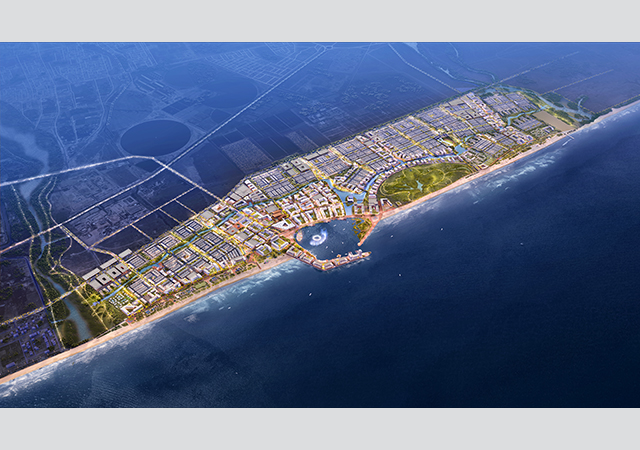


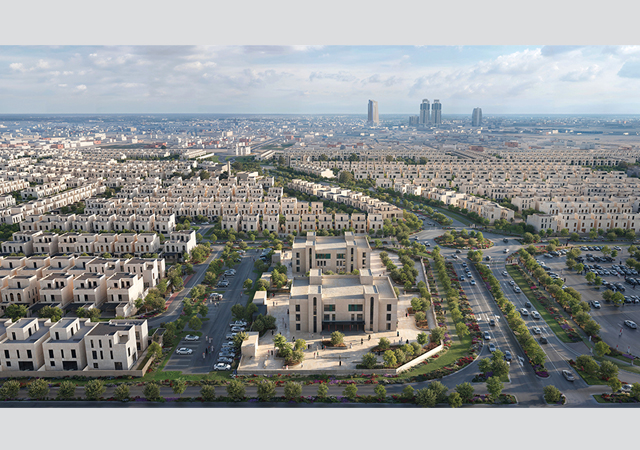
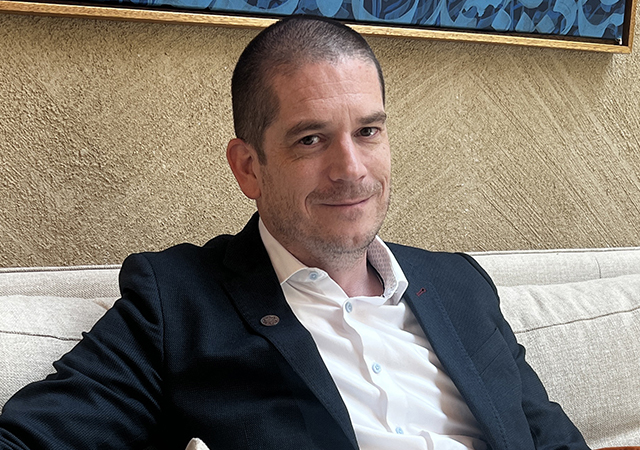

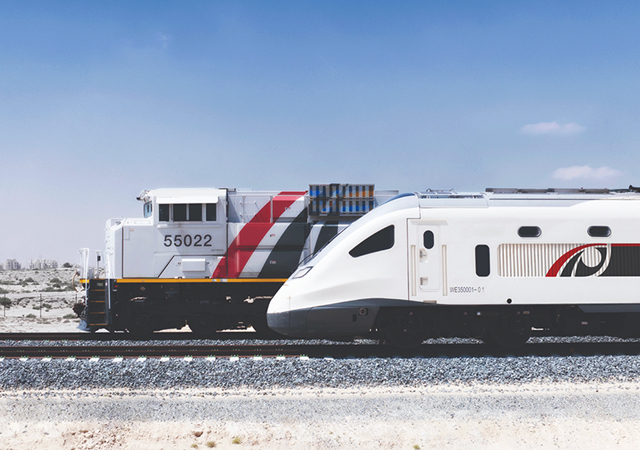
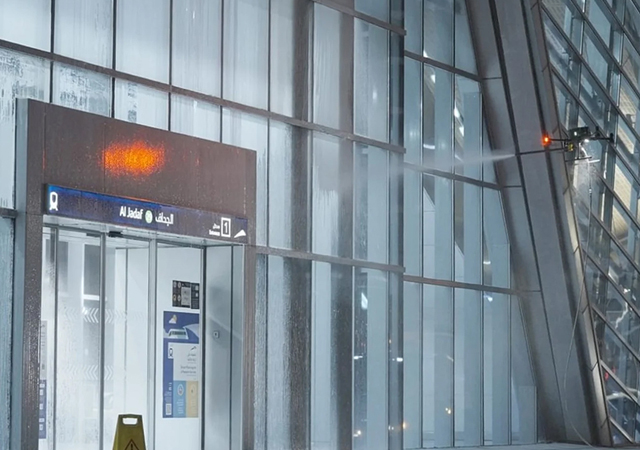
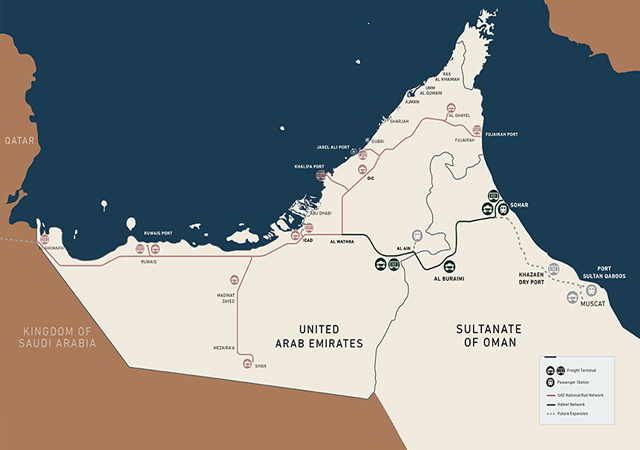
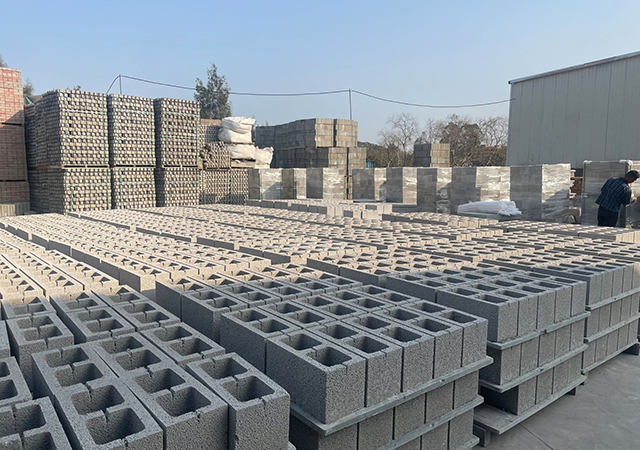


.jpg)
.jpg)
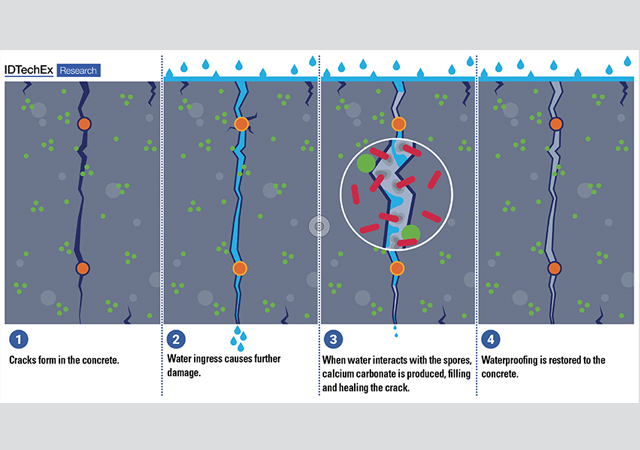
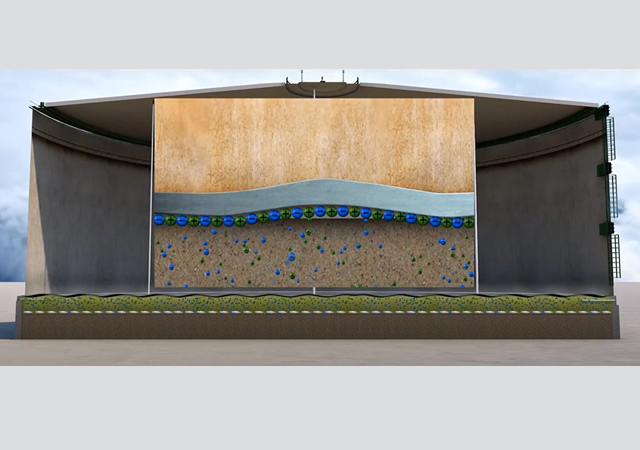
.jpg)
.jpg)
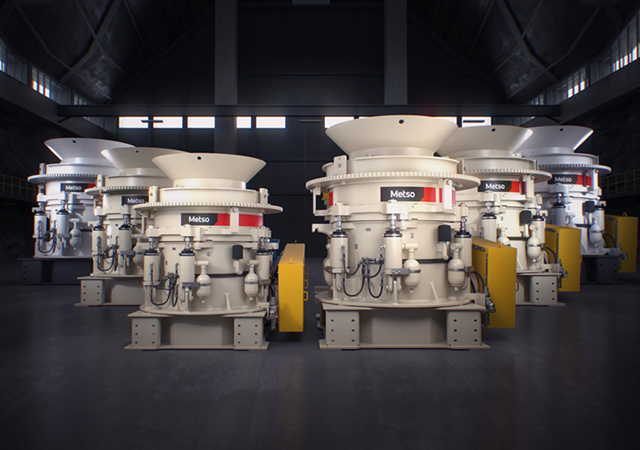
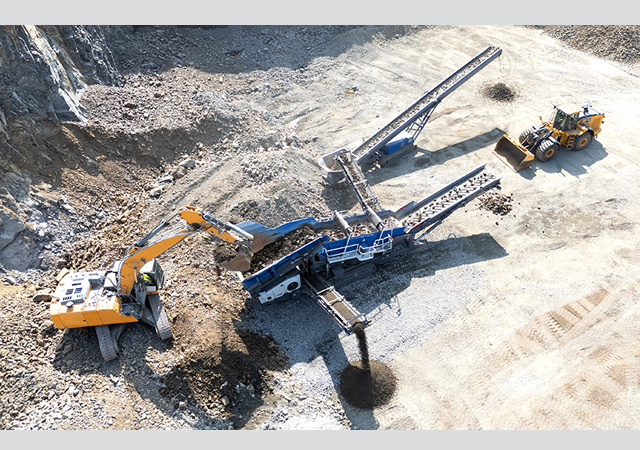
.jpg)
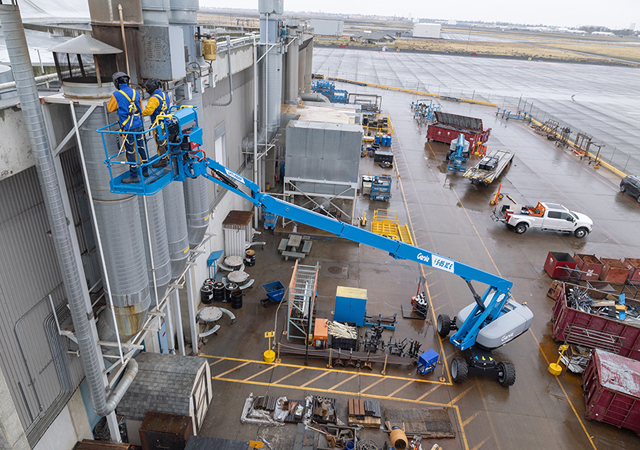

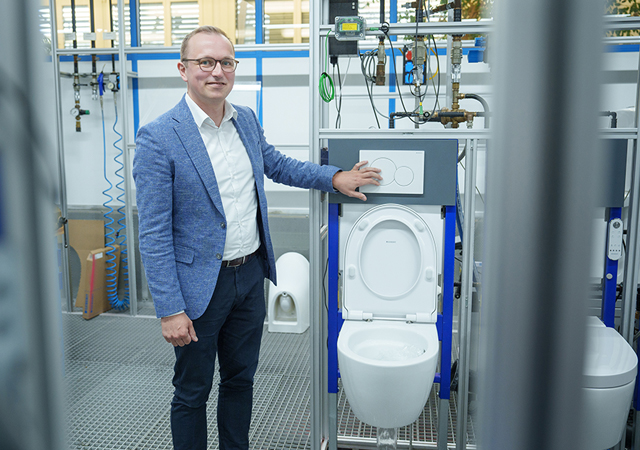

 Doka.jpg)



